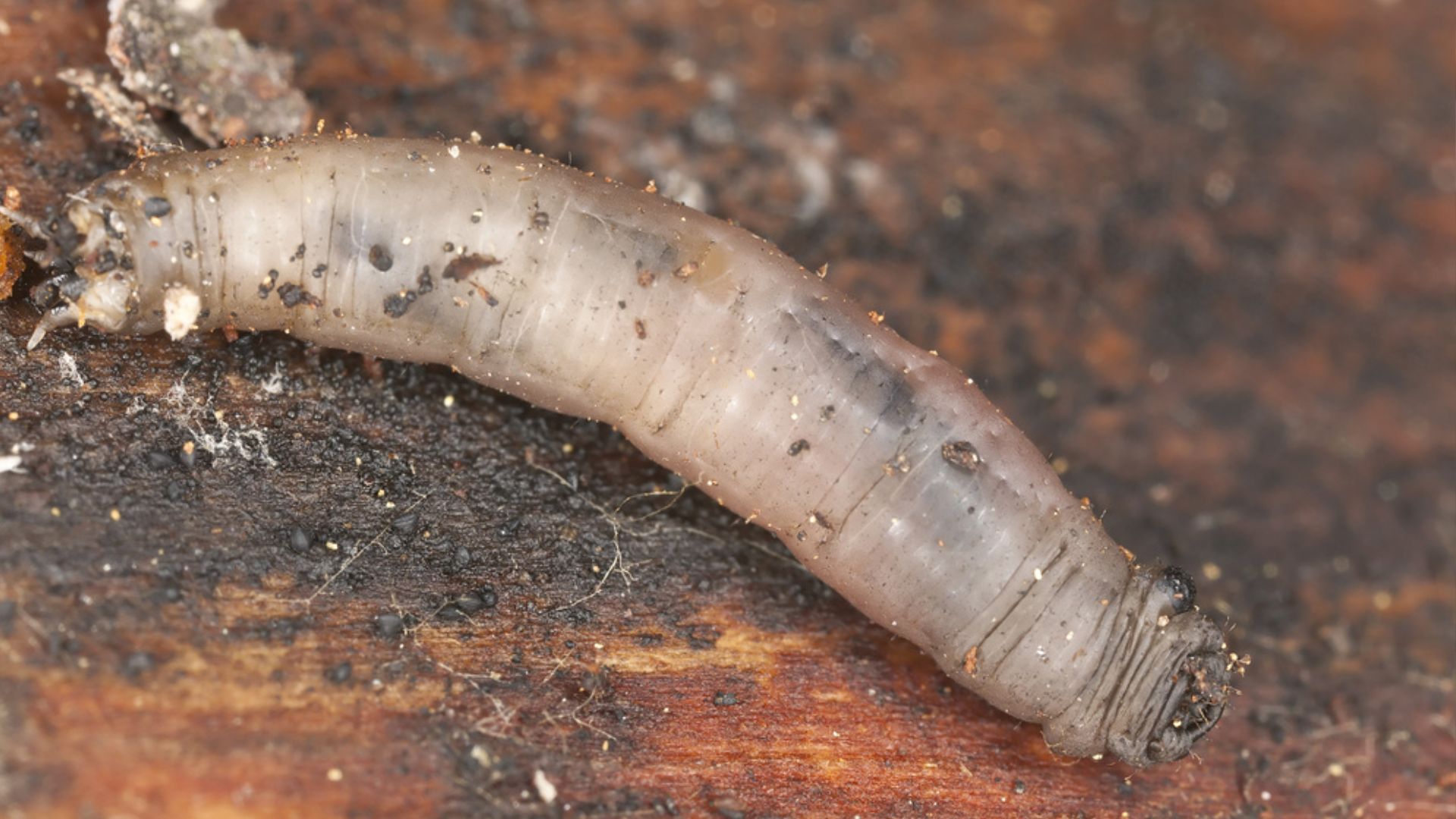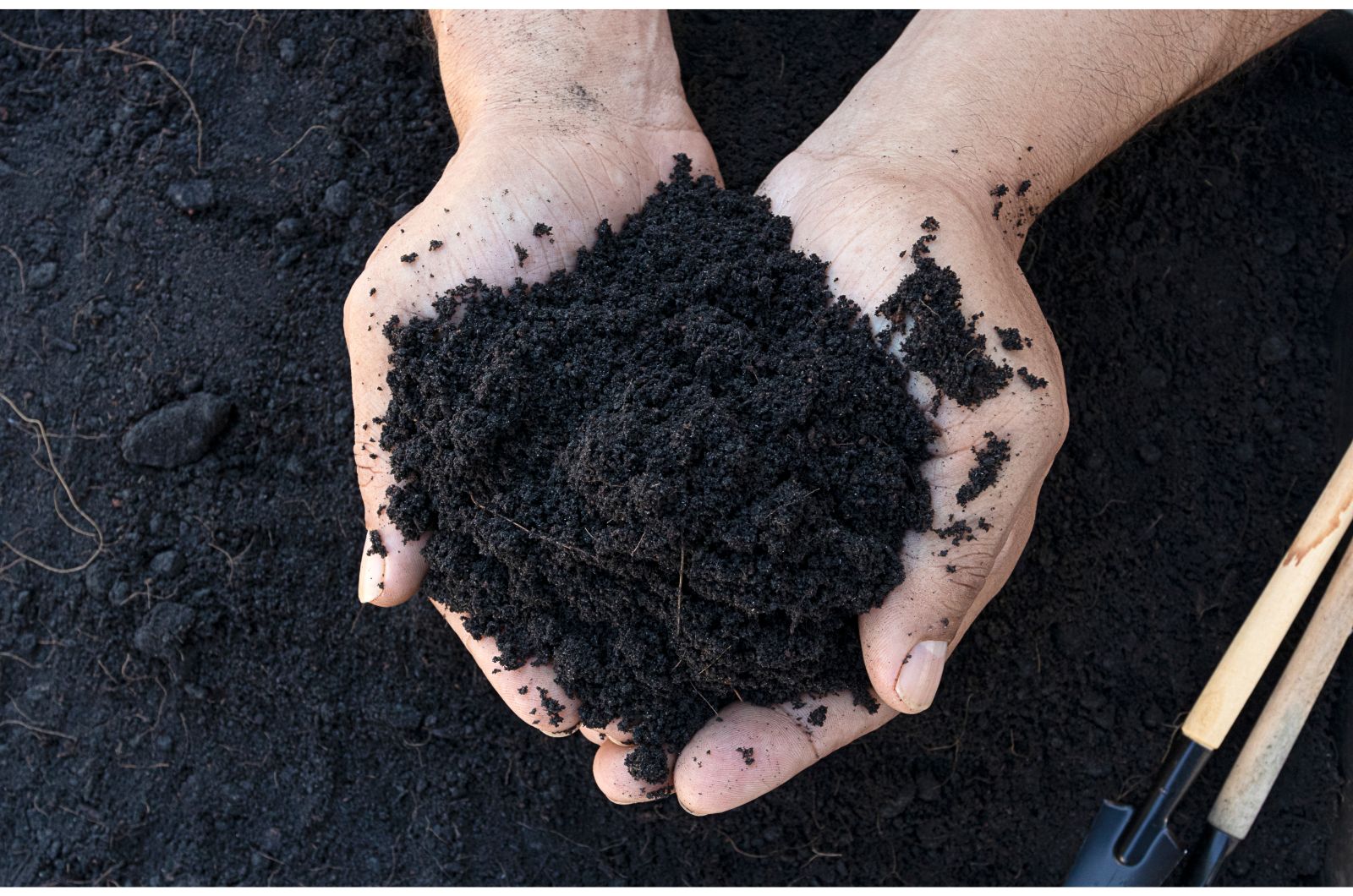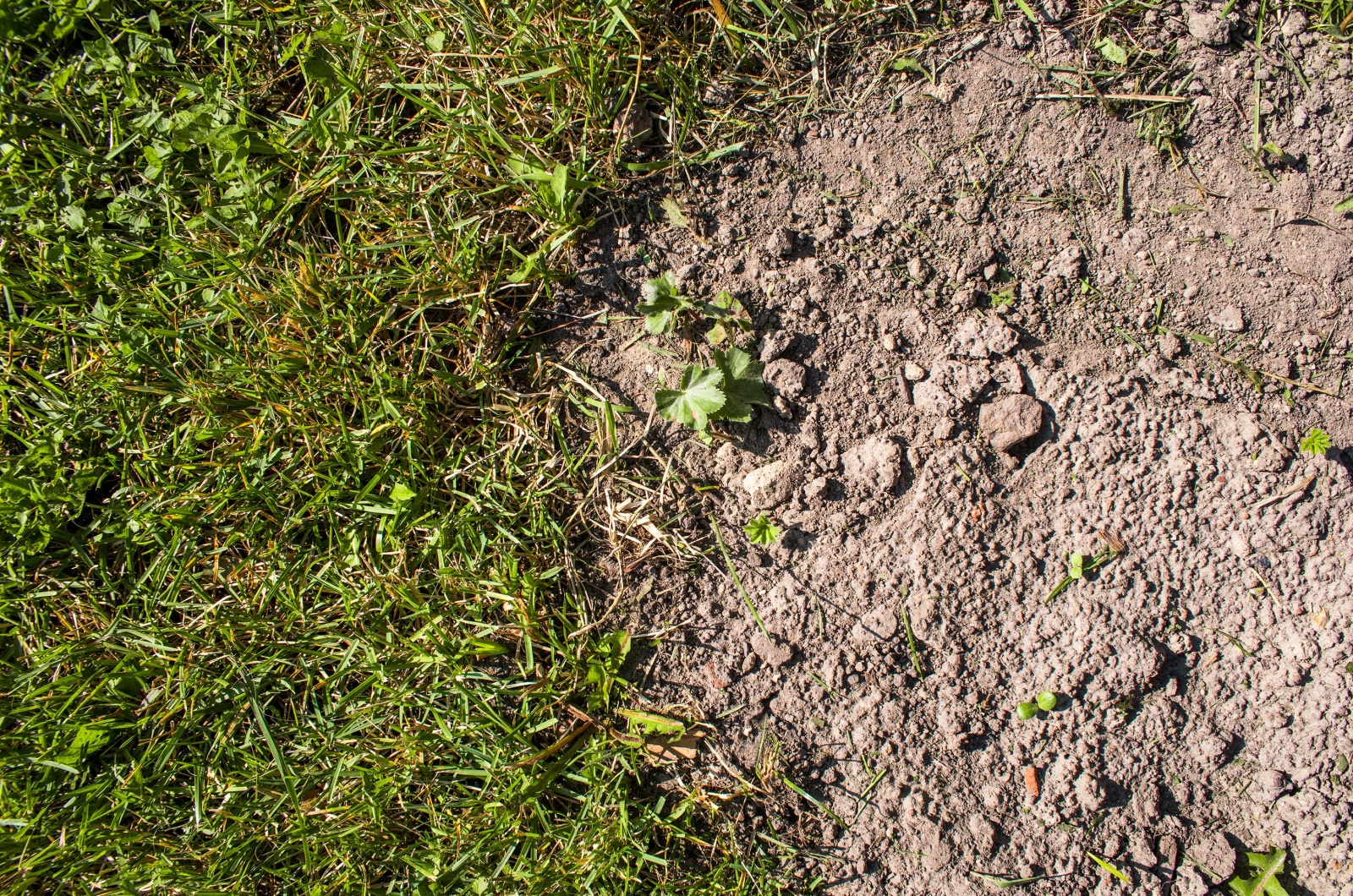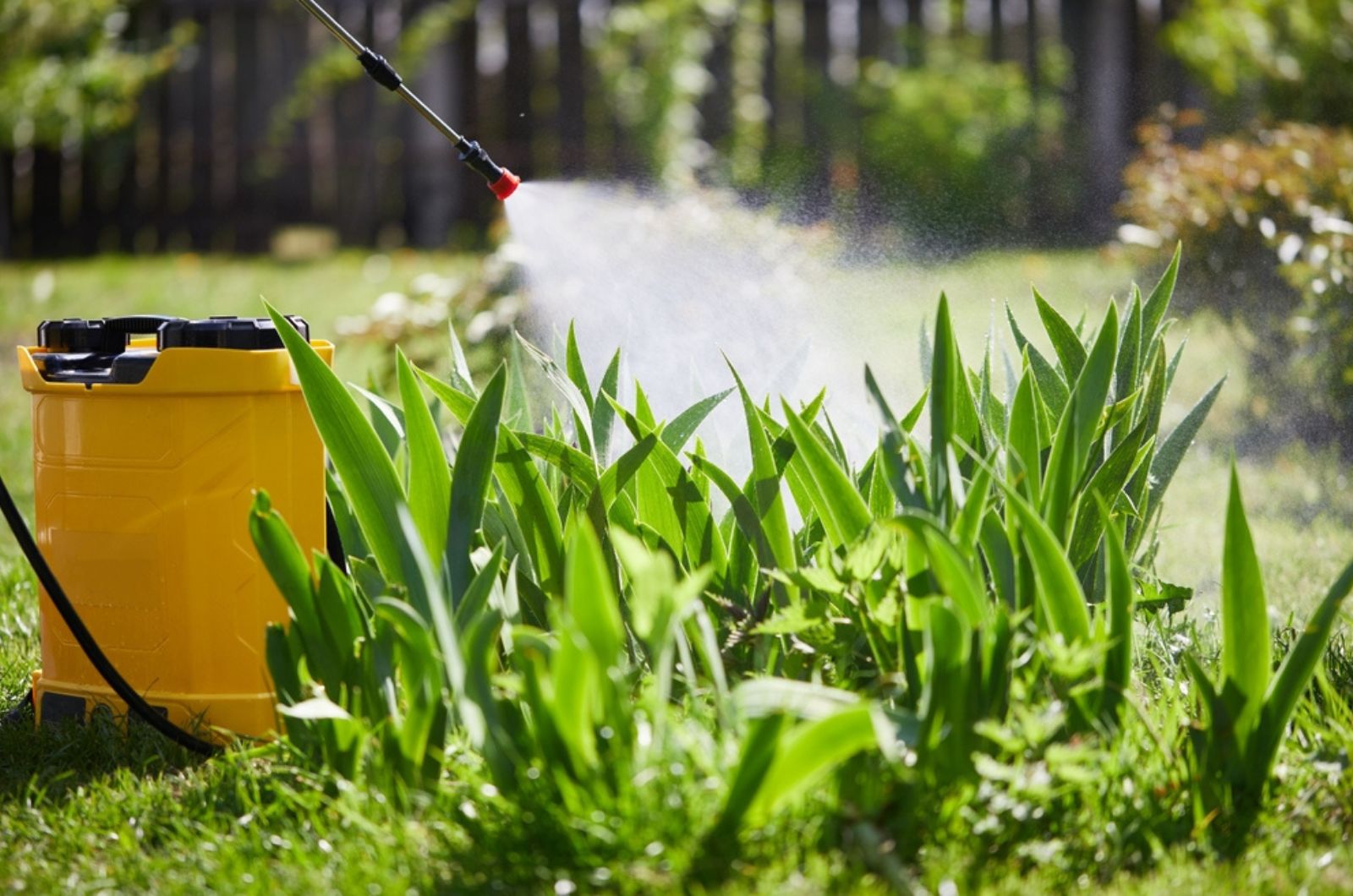If you’ve ever walked across your yard and noticed patches of dead grass, or felt like your lawn just wasn’t as lush as it used to be, you might be dealing with annoying leatherjackets. I had the same problem last summer.
At first, I wasn’t sure what was causing the damage to my lawn. I tried watering more, adjusting my mowing routine, and even aerating the soil, but nothing seemed to help.
It wasn’t until I did some research that I realized I was dealing with a leatherjacket infestation.
Determined to revive my lawn from the damage, I explored various solutions, from organic treatments like nematodes to chemical options. It was only when I combined different methods that I saw real improvement.
After weeks of persistence, my lawn started to bounce back and those unsightly patches of dead grass began to fade away. Now, with my lawn thriving again, I’m eager to share what worked for me.
1. You Could Hand-pick Them
If you are not easily disgusted, then using your hands to tackle the leatherjackets should be your first option.
I know that it might not rank highly on your list of favorite gardening tasks, but hand-picking them can surprisingly pack a punch, especially for smaller areas.
Simply pluck those grubs out of the soil, and you’ll see a noticeable reduction in their numbers!
Just remember to gear up with protective wear and relocate them somewhere far away from your lawn.
Also read: 7 Signs Of Grubs In Lawn With Helpful Tips To Remove Them
2. Or Aerate Your Soil
Another natural approach is aerating your lawn, and I absolutely love it!
Not only does aerating help you combat annoying critters, but it also makes your lawn green and thick.
What actually happens is that aerating the soil improves drainage, which ultimately creates an environment less hospitable for leatherjackets, who thrive in moisture (bye, bye moisty creatures!).
In addition to aerating, regular lawn mowing can expose the pests and disrupt their life cycles. While this method may not produce immediate results, it’s the gentlest option for your lawn’s health.
Related: What To Do After Aerating Lawn: 7 Useful Tips And Tricks
3. Call Nematodes To The Rescue
Introducing natural predators such as nematodes is another great biological method to bid farewell to leatherjackets.
These tiny worms infiltrate the leatherjacket larvae, disrupting their feeding habits in as little as three days. And within two weeks, the leatherjackets meet their demise.
After finishing off the pests, the nematodes make themselves at home in the soil beneath the grass, ready to tackle any other unwelcome visitors.
This natural approach not only works swiftly but also has a longer-lasting impact compared to conventional pest control methods.
Though I would suggest targeting leatherjackets with nematodes between late summer and early autumn, which is when they’re most susceptible to the treatment.
4. Your Last Option Should Be Chemicals
If nothing else works, bring out the big guns: pesticides.
Please note that this should be your last option because using pesticides could also harm your plants and disrupt any progress made in your garden.
I learned this the hard way when I used strong chemicals and ended up ruining my beloved veggie patch. Now, I always opt for environmentally friendly alternatives.
Trust me, I’ve faced this issue myself and know it can be frustrating, but watching your lawn recover is worth it.
So, listen to my advice and consider less invasive options first if you want to maintain a thriving garden ecosystem.
Related: This Fast-spreading Disease Can Ruin Your Lawn In No Time!





